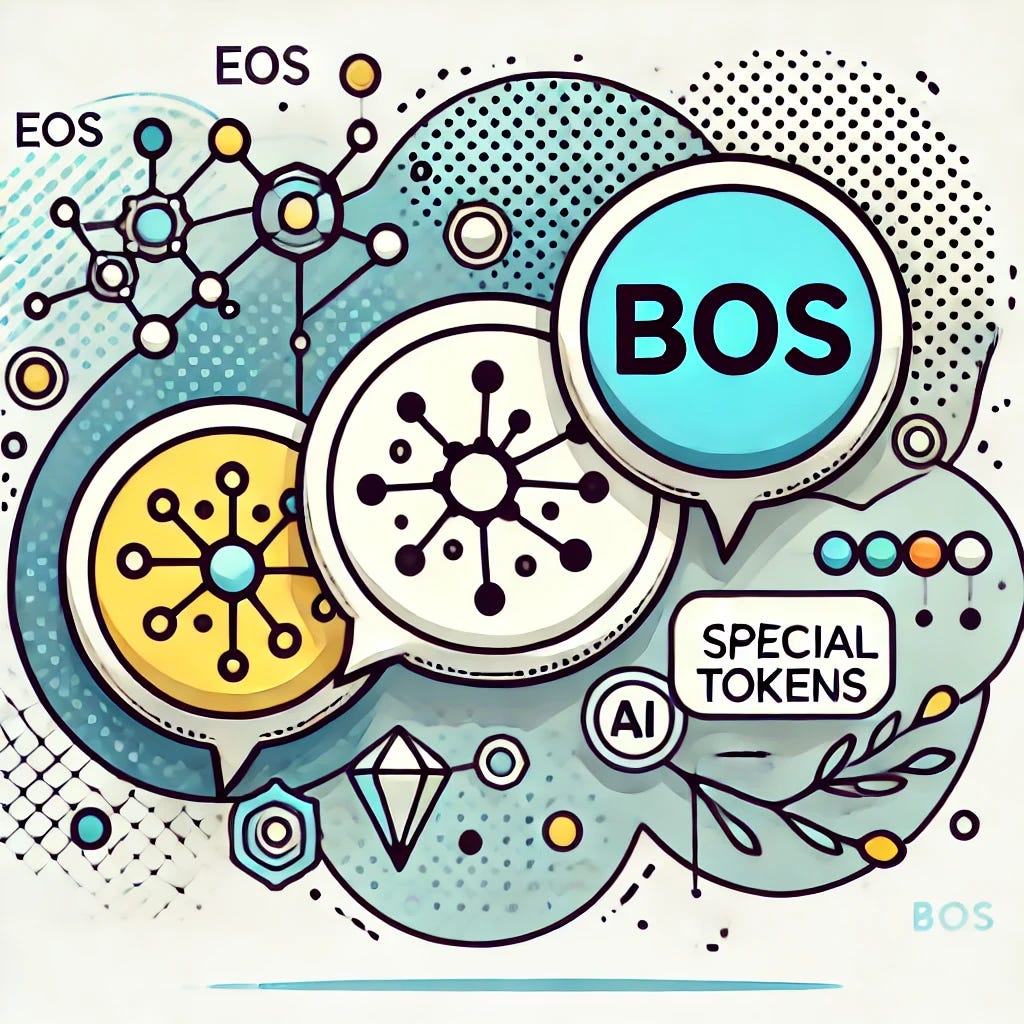Cracking the Code: The Hidden AI Tokens That Power Every Chatbot
Special tokens like EOS, BOS, and dialogue markers silently shape every AI conversation—here is how they work.
Special tokens might seem like small details, but they are the backbone of how large language models (LLMs) understand and generate text. Without them, AI responses would be chaotic, losing structure and meaning. Whether it is keeping conversations organized or making sure responses do not go on forever, these tokens do a lot of heavy lifting behind the scenes.
The Power of the EOS Token (End of Sequence)
The EOS token is like a stop sign for AI—it tells the model when to halt text generation. Without it, an LLM might keep spitting out words indefinitely, leading to never-ending and sometimes nonsensical responses. This is crucial for keeping interactions structured in chatbots, AI writing tools, or even code generation.
Other Special Tokens That Make LLMs Work
BOS (Beginning of Sequence) Token
Think of BOS as the AI’s “start here” marker. It helps the model know where the input begins, setting the context for responses.
Dialogue Tokens: <|im_start|> and <|im_end|>
For conversational AI, dialogue tokens clearly define who is speaking—system, user, or assistant. This prevents confusion and ensures that the model generates the right responses.
Padding and Mask Tokens
Padding Tokens: These are used to ensure inputs are the same length, making batch processing easier.
Mask Tokens: Common in tasks like fill-in-the-blank or masked language modeling, helping AI predict missing words.
How Special Tokens Work in Chat APIs and UI
Most users never see these tokens, but they are silently included when you interact with AI-powered apps. When you send a message to an AI chatbot, the system automatically injects special tokens behind the scenes. The model reads these tokens, understands the structure of the conversation, and generates responses accordingly. This ensures AI tools like ChatGPT, Claude, or Gemini know who is speaking and when to stop responding, keeping the interaction seamless.
A Quick Example of Special Tokens in Action
Let’s look at a structured conversation using these tokens:
<|im_start|>system
You are an AI assistant named SmolLM, built to help users.<|im_end|>
<|im_start|>user
How do I reset my password?<|im_end|>
<|im_start|>assistant
You can reset your password by going to Settings > Security and clicking "Reset Password."<|im_end|>
Here, special tokens clearly separate the system instructions, user input, and AI response. This structure ensures the conversation stays organized, and the model knows exactly what to generate next.
Why This Matters
Special tokens are the unsung heroes of LLMs. They:
Maintain Context: Keep conversations structured and logical.
Improve Accuracy: Help the model distinguish between roles and tasks.
Prevent AI from Rambling: Ensure responses stay concise and relevant.
Seamlessly Integrate with UI: Work silently in the background to create a smooth chat experience.
Next time you interact with an AI model, remember that it is not just advanced algorithms at work, but also a well-orchestrated system of special tokens keeping everything running smoothly.
Want more behind-the-scenes insights on AI? Follow for more breakdowns on how LLMs work.


